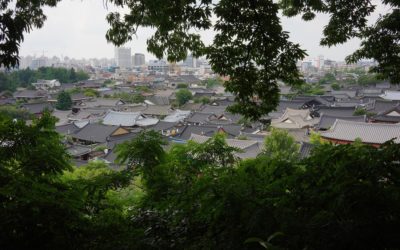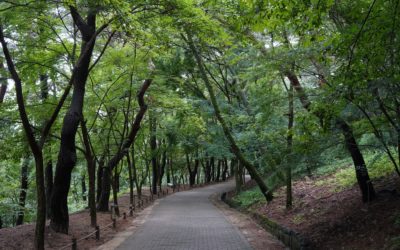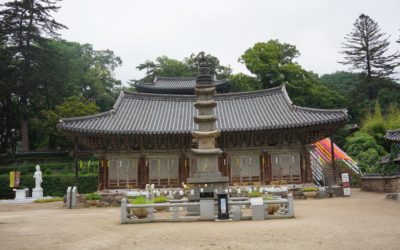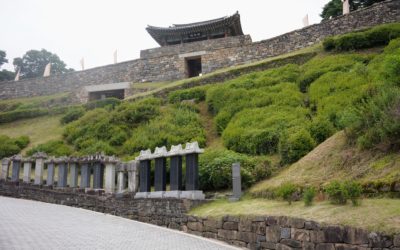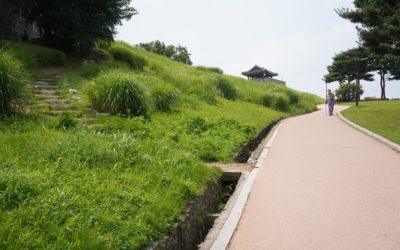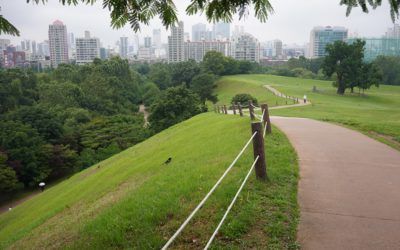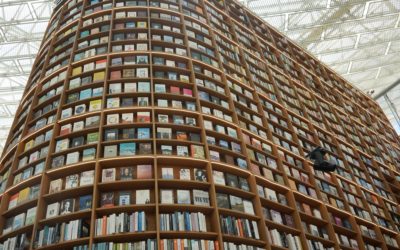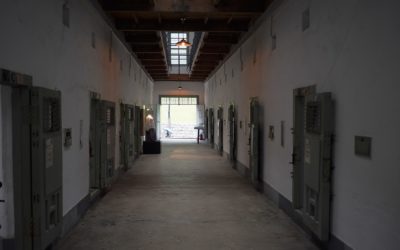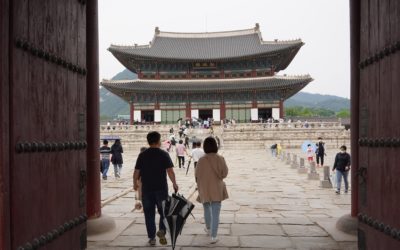See Any Places – Ancient Site, Historical Site, and Historical Building
Jeonju Hanok Village, South Korea
Jeonju Hanok Village is a village in the city of Jeonju, South Korea. The town features over 800 Korean traditional houses, known as ‘Hanok’. The town is renowned among Koreans and tourists for its traditional buildings, which stand in stark contrast to the modern city surrounding it. 223
Buyeo Gungnamji Pond, Jeongnimsaji Temple, and Busosanseong Fortress, South Korea
The Gungnamji Pond is Korea’s first artificial pond, created by King Mu of the Baekje Dynasty. The Jeongnimsaji Temple features a granite pagoda from the late Baekje period, which has been designated National Treasure No. 9. The Busosanseong Fortress is a mud fortress dating back to the 6th century, situated on a forested mountain. 220
Gongju Magoksa, the Mountain Temple, South Korea
Magoksa is the head temple of the Jogye Order of Korean Buddhism in Gongju, South Korea. The temple was established in 640 by Vinaya Master Jajang Yulsa. 218
Gongju Gongsanseong Fortress, Tomb of King Muryeong, and Hanok Village, South Korea
Gongsanseong Fortress served as the royal palace of the Baekje Kingdom for sixty-four years of the Ungjin Period (475-538 CE). The Tomb of King Muryeong is the ancient tumulus of King Muryeong, who ruled the Baekje from 501 to 523, and his queen. The Hanok Village has a model house of old-style Korean dwellings. 217
Suwon Fortress Wall and Traditional Market, South Korea
Walking another part of the Suwon Fortress wall and looking through the Suwon Traditional Market. 213
Mongchontoseong Fortress, Seoul Hanseong Baekje Museum, and Seoul Olympic Museum of Art
Mongchontoseong Earthen Fortification is an ancient earthen rampart dating from the Baekje kingdom. The Seoul Hanseong Baekje Museum displays artifacts found in the Baekje kingdom. The Seoul Olympic Museum of Art exhibited a diverse range of art pieces. 204
Coex Mall, Bongeunsa, and Seonjeongneung in Seoul
Coex Mall is a massive, modern underground mall featuring an “Instagrammable” public library and numerous dining and shopping options. Bongeunsa is a Buddhist temple located near Coex. It was founded in 794 CE. The Seonjeongneung is the burial ground of two Joseon Dynasty kings and one queen. 200
Seodaemun Prison History Hall, Seoul
Seodaemun Prison History Hall is a museum and former prison in Seodaemun-gu, Seoul, South Korea. The prison was opened on October 21, 1908, under the name Gyeongseong Gamok. During the Japanese colonial period, it was primarily used to incarcerate individuals who fought for Korea’s independence. 189
Gyeongbokgung Palace, Seoul
Gyeongbokgung Palace, or Gyeongbok Palace, was the main royal palace of the Joseon dynasty. Built in the year 1395, it is located in northern Seoul, South Korea. 182

